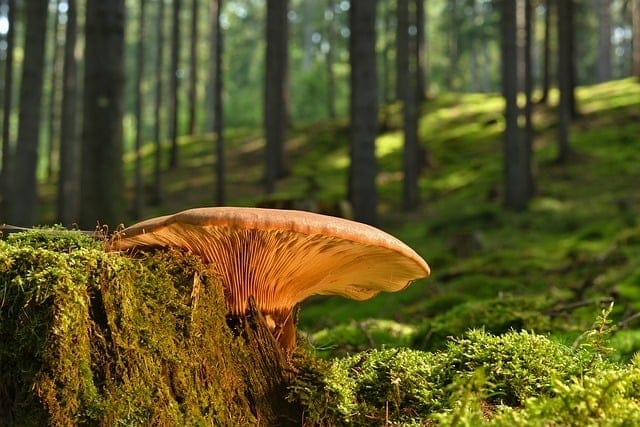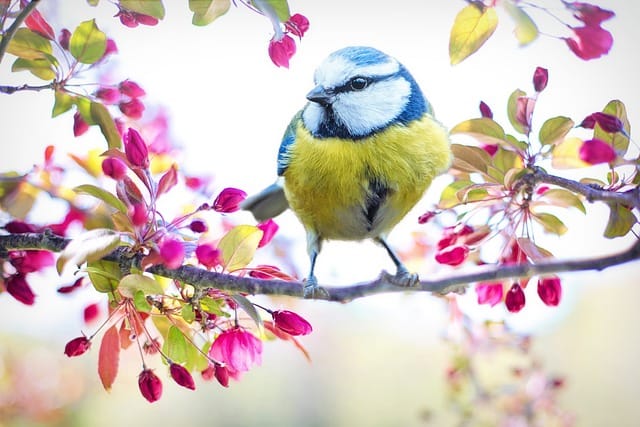Seasons photography is a unique and rewarding pursuit that allows photographers to capture the changing beauty of nature throughout the year. The distinct characteristics of each season—whether it’s the vibrant colors of fall, the blooming freshness of spring, the stark minimalism of winter, or the warm glow of summer—present endless creative opportunities. In this comprehensive guide, we’ll explore 10 expert tips to enhance your seasons photography, covering everything from lighting techniques to composition strategies that work year-round.
By the end of this guide, you’ll have a thorough understanding of how to tackle the unique challenges and opportunities that each season presents and how to use them to create visually striking and emotive images.
Understanding the Basics of Seasons Photography
Seasons photography is more than just capturing images as the months change. It’s about documenting the evolution of nature and understanding how the light, colors, and atmosphere shift with the seasons. To excel at seasons photography, it’s important to have a keen awareness of the environmental changes that define each time of year and the technical skills to adapt to those changes.
For instance, summer’s bright sun demands different camera settings than the soft light of a winter afternoon. Similarly, the rich colors of autumn require distinct compositional techniques compared to the fresh green hues of spring. The key to mastering seasons photography lies in anticipating these shifts and planning your shoots accordingly.
Spring: Capturing the Renewal of Life
Why Spring is a Prime Time for Seasons Photography
Spring is often regarded as a season of renewal, making it a prime time for seasons photography. The world comes back to life after the cold months of winter, and flowers, trees, and wildlife emerge in full bloom. Spring provides an abundance of colors, textures, and subjects to work with, from fresh blooms to emerging wildlife.
Spring is ideal for both landscape and macro photography, as it offers a combination of vast, colorful scenes and intricate details like budding flowers or the delicate texture of leaves.
Essential Tips for Capturing Spring Landscapes
One of the key elements of successful spring seasons photography is timing. It’s essential to capture the fleeting moments when flowers are in full bloom or when morning dew adds an ethereal touch to your photos.
Golden Hour in Spring
The golden hour—shortly after sunrise or before sunset—is an excellent time for seasons photography in spring. The light during these times is soft, warm, and highlights the vivid colors of spring without the harshness that midday sunlight can bring. Since spring’s days are not too long or short, you can often catch the golden hour without too much planning, making it a great time for outdoor photography.
Summer: Embracing the Brightness
Dealing with Harsh Lighting in Summer Photography
Summer is known for its long, sunny days, which can be both a blessing and a challenge for photographers. Harsh sunlight can create high-contrast scenes and blown-out highlights, especially during midday. For seasons photography in summer, mastering light management becomes crucial.
Overcome Harsh Sunlight with Reflectors and Diffusers
To handle intense sunlight, using reflectors or diffusers is highly effective. A diffuser softens the light and eliminates harsh shadows, while a reflector can bounce light onto your subject to balance the exposure. These tools are especially useful for portrait photography during the summer months.
Capture the Energy of Summer with Motion
Summer offers a wide range of activities that are perfect for action photography. Whether it’s kids playing in the water, beach activities, or sports, capturing motion in your seasons photography can convey the vibrant energy of summer.
Autumn: Showcasing the Rich Colors
Why Autumn is a Favorite for Seasons Photography
Autumn is a favorite season for many photographers, thanks to its vibrant hues and dramatic landscapes. The golden, red, and orange tones of fall foliage create a rich color palette that is perfect for seasons photography. The cool temperatures also bring crisp air, which can lead to clearer skies and sharper images.
Use Polarizing Filters for Fall Photography
A polarizing filter is an invaluable tool for autumn photography. It enhances colors by reducing glare and reflection, which is especially useful when photographing fall foliage. The filter will make the reds, yellows, and oranges of the trees pop, adding more depth and saturation to your photos.
Capturing the Changing Light of Fall
As the days shorten, the light becomes softer and the shadows longer. Autumn’s lower angle of sunlight produces warmer tones that complement the rich colors of the season. Be sure to use the morning or late afternoon light to take full advantage of this golden opportunity in your seasons photography.
Winter: Finding Beauty in the Cold
Embrace the Minimalism of Winter Photography
Winter photography offers a completely different aesthetic compared to other seasons. With its bare trees, snow-covered landscapes, and foggy mornings, winter is a season of minimalism and simplicity.
For seasons photography in winter, less is often more. Look for stark contrasts, such as a bright red cardinal against a snowy backdrop or the shadowy outlines of leafless trees against a bright winter sky. The clean lines and minimal color palette of winter can create striking, minimalist compositions.
Overcoming Exposure Challenges in Snowy Conditions
One of the biggest challenges in winter photography is getting the exposure right when shooting in snowy conditions. The bright white snow can fool your camera’s meter, leading to underexposed shots that look gray rather than crisp white.
Use Exposure Compensation
To avoid this, use exposure compensation to brighten your image slightly when shooting snow. Typically, increasing the exposure by +1 or +2 stops can help achieve the correct balance and prevent your snow from looking dull.
How to Plan a Year of Seasons Photography
Importance of Planning for Seasons Photography
To truly master seasons photography, planning ahead is essential. Each season has specific events or natural phenomena that occur for only a short period, and missing them means losing the opportunity for some of the best shots of the year.
Research Seasonal Events and Locations
Do your research ahead of time to learn when certain flowers bloom, when the leaves change color, or when the first snow is expected. Planning trips to locations that highlight the best aspects of each season will ensure you capture the most visually stunning and unique images.
Keep a Seasonal Photography Calendar
Consider creating a photography calendar that tracks key dates and events for each season. This will help you plan your shoots around the best times to capture nature’s transitions and ensure you don’t miss any important moments in the year.
Building a Versatile Seasons Photography Kit
Camera and Lenses for All Seasons
Having the right gear is crucial for capturing stunning seasons photography throughout the year. While it’s important to have a versatile camera body, the lenses you choose can have an even greater impact on the type of images you can capture.
Wide-Angle Lenses for Landscapes
A wide-angle lens is ideal for capturing vast landscapes, especially during spring and autumn when the natural beauty of the surroundings is at its peak. For seasons photography, consider lenses with focal lengths between 16mm and 35mm.
Macro Lenses for Close-Ups
To capture the intricate details of each season, such as frost on a winter morning or the veins of a flower petal in spring, a macro lens is indispensable. Macro photography allows you to highlight the small wonders of nature that are easily overlooked.
Editing Techniques for Seasons Photography
Enhance Your Images with Post-Processing
Editing is an essential part of seasons photography. Whether you’re enhancing the vibrant colors of fall or adding contrast to a foggy winter scene, post-processing allows you to bring out the best in your images.
Adjust White Balance for Seasonal Tones
White balance is particularly important in seasons photography, as each season has its own distinct color temperature. For instance, winter scenes often require a cooler white balance to emphasize the cold, while autumn images may benefit from a warmer tone to highlight the rich colors of the season.
Use HDR Techniques for Balanced Exposures
High dynamic range (HDR) photography can be particularly useful when shooting landscapes in challenging lighting conditions, such as during sunrise or sunset. HDR allows you to capture more detail in both the highlights and shadows, creating a more balanced and dynamic image.
Conclusion: Embracing the Beauty of Seasons Photography
Seasons photography is a fulfilling and ever-changing journey that allows you to capture the essence of nature’s transitions. By mastering the unique characteristics of each season—whether it’s the fresh blooms of spring, the vibrant colors of autumn, the bright energy of summer, or the minimalism of winter—you can create a diverse and visually stunning portfolio. Planning ahead, choosing the right equipment, and refining your post-processing skills will ensure that you make the most of each season’s beauty.
So grab your camera, step outside, and let the magic of the changing seasons inspire your next photographic masterpiece.






